Yesterday’s blog explored the enthusiasm some of us have for finding shed antlers – and how that enthusiasm can turn into an obsession that threatens wintering mule deer and elk.
But shed hunting can be a fun springtime pursuit – and you can easily do it in a way that doesn’t bother wildlife.
Finding an antler in the woods may seem like finding the proverbial needle in the haystack. With a little practice, you can find some nice sheds for your collection.
Here are some tips to get you started. While this post focuses mainly on finding white-tailed and mule deer sheds, the principles also apply for moose, elk and other antlered critters.
The Basics
When to Go: When deer shed their antlers is highly variable, and dependent on a number of factors. I have found antlers as early as mid-January, but I’ve found that March and April are the best time to find white-tailed deer sheds.
Mule deer and elk often gather in wintering areas – making finding sheds easier but also increasing the threat to these animals. Wait until mid-April or May to begin your search.
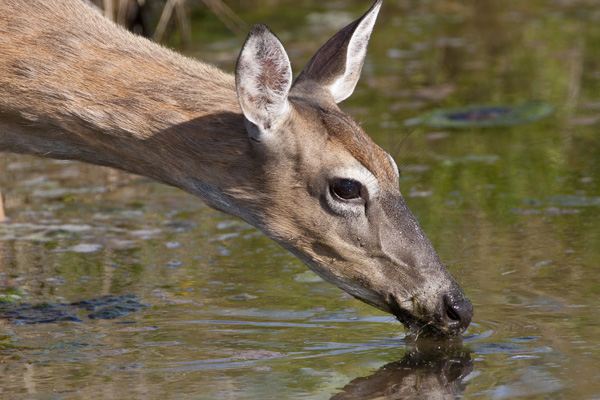
Learn Deer: As with any nature-based activity, you’ll be more successful and have more fun if you know the biology, habits and ecosystem of the creatures that live there. Spend some time observing deer at other times of year, and you’ll be well on your way to learning some shed hunting hotspots.
Fortunately, there are volumes of information on deer and elk to learn more about their biology. I recommend starting with the works of biologist Valerius Geist and photographer Leonard Lee Rue III. They helped ignite my interest in deer as a child and continue to contribute important work on the subject.
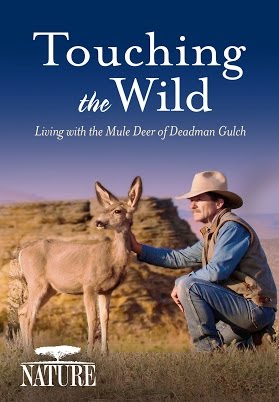
For mule deer, Joe Hutto’s recent book (and PBS Nature documentary) Touching the Wild is a wonderful and provocative read, a must for any deer enthusiast.
It includes the best descriptions yet of what a deer experiences when it sheds an antler – his firsthand observations (and photos) suggest it’s as disorienting as you might imagine.
And there’s a lot of online information, too, like my friend Hal Herring’s definitive piece.
Stay on the Trail. No, not the hiking trail. The deer trail. In many areas, deer create runways every bit as well-worn as those created by humans. Follow them, and you’ll learn a lot more about deer. It’s also where I have found many of my sheds.
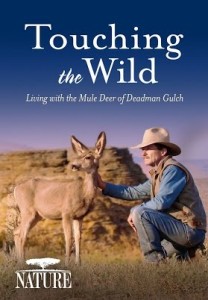
Follow the Obstacle Course. Deer antlers loosen, so obstacles in their path – a branch, a patch of brush, a fence – can knock them off. Look for places deer trails encounter such obstacles. These are prime places to check throughout the spring.
One of my favorite finds was a pair of antlers I found by a fence in the Flint Hills of Kansas. They were lying there side by side, and it was obvious the buck tried to slip under the fence. The fence was not high, so I have no idea why he didn’t just jump.
But it’s mysteries like these that keep me hunting sheds.
Expert Tips for the Eastern Forest
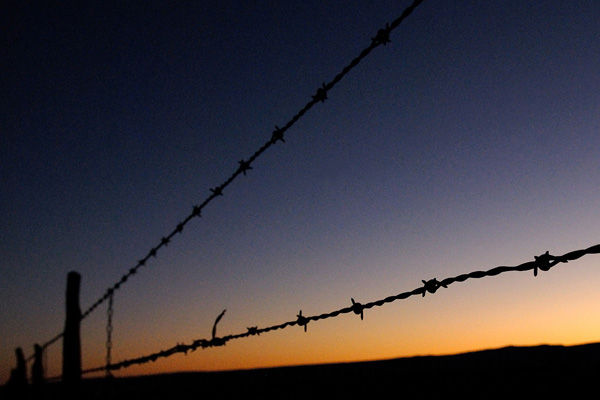
White-tailed deer are over-abundant in the eastern forest, and well adapted to humans. That makes the eastern forest prime shed hunting territory.
It is also, in my experience, one of the most difficult habitats to search. Dense foliage, leaf litter on the forest floor and hilly terrain conspire to hide antlers from view.
For advice, I turned to Mike Eckley, conservation forester for The Nature Conservancy in Pennsylvania.
Eckley spends a lot of time in the forest. He also spends a lot of time with deer – conducting research, promoting quality deer management, reaching out to hunt clubs, writing about deer, thinking about them.
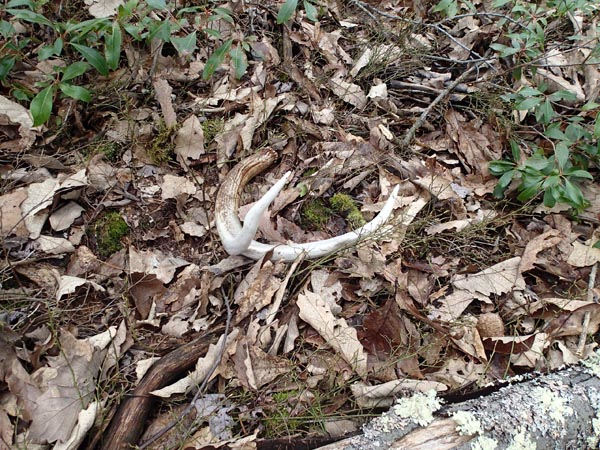
And in the spring, he hunts sheds. Here are his tips for finding them in the eastern forest:
* Target south and southwest-facing slopes that receive more sun. These are preferred bedding areas by deer.
* Target the areas where deer bed and where they move from bedding areas to feeding areas. Deer trails are often highly visible.
* Before snow melt, get out in search of tracks. Note where you discover concentrated overwintering deer activity. Once the snow melts, revisit those sites.
* In the eastern forest, get out quickly before things green up before the critters devour them (porcupines and rodents can consume them quickly).
Yes, porcupines do indeed devour antlers (and other unusual things) – but this is a topic for a future blog.
One of the best ways to find antlers is to look for antlers. That may seem like common sense, but you’ve probably walked by many because you weren’t looking.
So get outside and start your search. Just be sure to respect the animals – and please stay out of their wintering areas.
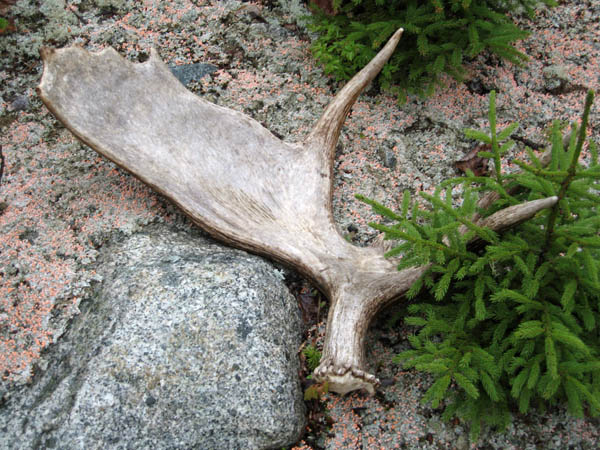
Opinions expressed on Cool Green Science and in any corresponding comments are the personal opinions of the original authors and do not necessarily reflect the views of The Nature Conservancy.








